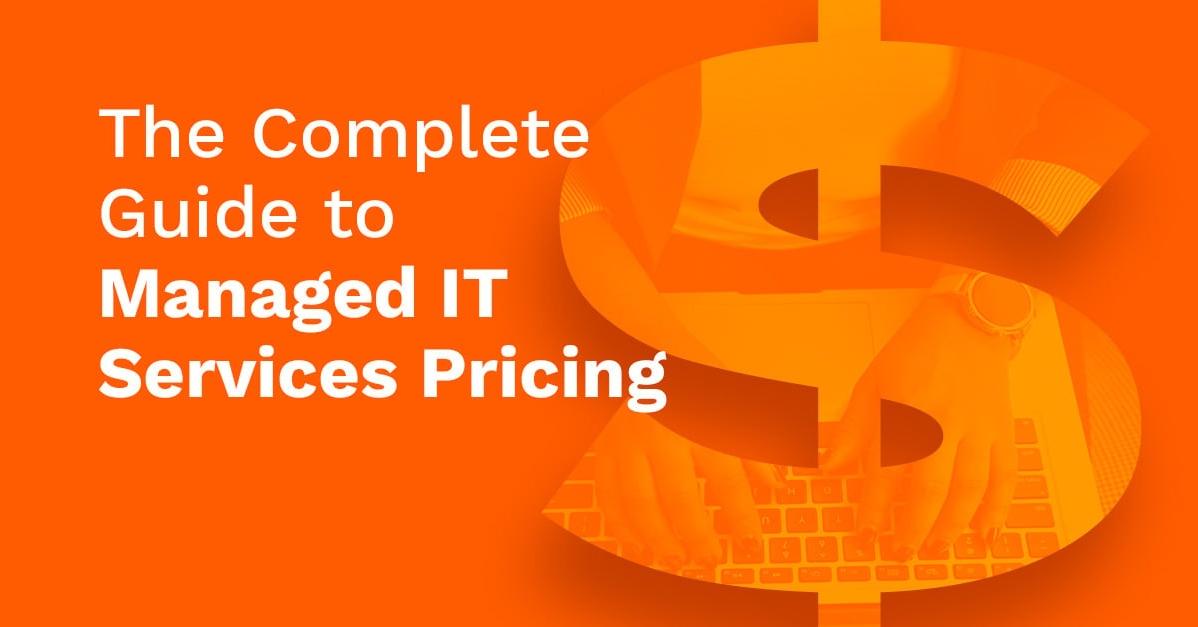Introduction
In the rapidly evolving realm of IT services, choosing the right pricing model is a pivotal decision that can significantly impact both service providers and clients. With the diverse array of options available, from Fixed Price to Time and Material, Dedicated Teams, and Mixed Models, navigating the intricate landscape of IT services pricing models requires a clear understanding of their nuances, advantages, and potential challenges.
Understanding IT Services Pricing Models
Fixed Price: Balancing Predictability and Flexibility
The Fixed Price model stands as a pillar of predictability in the realm of IT services pricing. Under this model, the service provider and client agree upon a predetermined price for a specific scope of work. This approach is particularly beneficial when the project’s requirements and goals are well-defined from the outset. Clients appreciate the clear budgeting that Fixed Price offers, and service providers are motivated to deliver within the agreed-upon scope to maintain profitability.
However, challenges can arise when project requirements evolve or change mid-course. In such cases, the Fixed Price model may lead to scope creeps, renegotiations, and potential discord between both parties. Thus, while Fixed Price offers predictability, it requires meticulous initial planning and a comprehensive understanding of the project’s scope to mitigate potential issues.
Time and Material: Flexibility Redefined
Contrasting the rigidity of the Fixed Price model, the Time and Material approach provides a high degree of flexibility. Here, the client pays for the actual hours worked and the materials used. This model accommodates projects with evolving requirements, enabling adjustments as the project progresses.
Time and Material pricing aligns well with agile methodologies, allowing for iterative development and adjustments based on real-time feedback. This model encourages collaboration, transparency, and adaptability, as both parties can respond to changing circumstances. However, the open-ended nature of Time and Material pricing can result in uncertain budgeting for clients, necessitating effective communication and trust between the service provider and client.
Dedicated Team: Collaborative Synergy
The Dedicated Team model introduces a unique collaborative dynamic to IT services pricing. Instead of pricing individual projects, clients pay for a team’s ongoing availability and expertise. This model proves advantageous when projects require constant monitoring, adjustments, and a high level of expertise.
Clients benefit from a consistent resource pool, fostering a deep understanding of their business needs within the service provider’s team. The Dedicated Team model also enhances communication and knowledge transfer, as the team becomes an extension of the client’s workforce. Yet, this model might not suit short-term or smaller projects that demand a fixed scope, as its strength lies in long-term collaboration and evolving engagements.
Mixed Model: Striking the Balance
Recognizing the strengths of both Fixed Price and Time and Material models, the Mixed Model seeks to strike a balance between predictability and flexibility. It offers a hybrid approach wherein certain project elements are priced under a Fixed Price structure, while others are billed based on Time and Material.
The Mixed Model accommodates projects with diverse components, allowing for clear budgeting on defined tasks while still adapting to evolving aspects of the project. This model requires careful delineation of which elements fall under which pricing structure to prevent confusion and disputes. When executed effectively, the Mixed Model capitalizes on the advantages of both its parent models while mitigating their respective challenges.
Choosing the Right Model: Key Considerations
– Project Complexity and Scope: Consider the project’s complexity and the extent to which its scope is defined. Projects with well-defined parameters are apt for Fixed Price, while those with evolving requirements suit Time and Material.
– Client Collaboration: Evaluate the level of collaboration required. Dedicated Teams foster ongoing interaction, making them suitable for intricate projects demanding constant adjustments.
– Risk Tolerance: Gauge your client’s risk tolerance. If they prioritize predictability, Fixed Price or a Mixed Model may be more suitable. For those valuing adaptability, Time and Material could be the preferred choice.
– Budget Flexibility: Understand your client’s budgeting approach. Fixed Price offers clear budgeting, while Time and Material permits adjustments as needed.
– Long-Term vs. Short-Term Engagement: Determine whether the project is a short-term endeavor or part of a long-term collaboration. Dedicated Teams cater to sustained partnerships, whereas Fixed Price suits well-defined, one-off projects.
Conclusion
In this ever-changing landscape, there’s no one-size-fits-all solution. The key lies in recognizing the intricacies of your project and considering factors such as scope, collaboration needs, risk tolerance, budgeting, and engagement duration. By doing so, you can tailor your choice to the specific requirements of the task at hand, whether it’s a finely scoped one-off project or a dynamic, long-term collaboration.
Armed with the insights provided in this comprehensive guide, you’re equipped to confidently navigate the realm of IT services pricing models. With your newfound understanding, you can make choices that not only optimize budgeting and resource allocation but also foster effective communication, collaboration, and project outcomes. Remember, the right pricing model isn’t just a transactional decision; it’s a strategic one that has the potential to shape the trajectory of your IT endeavors.
